Got two minutes? Then check out this week’s quick tip ~ Helpful lists for finding just the right word(s)
Hello and welcome…I am a freelance editor and an editor for The Wild Rose Press, as well as an author. I often struggle with my own writing, and I have found that sometimes, a little reminder of ways to improve the process can be helpful, so, I like to share these moments of brilliance with others :). But, in this busy world of ours, who has time for pages and pages of writing tips? That’s why I’ve condensed mine down to quick flashes you can read in (approximately) two minutes. Enjoy…
Disclaimer: All of my tips are suggestions, and are only my opinion. And, for the most part, there are exceptions when going against my advice will make your story read better. Take what works, leave the rest.
If you’re like me, you find that, oftentimes, your writing all sounds the same. You use the same old words to describe emotion, body language, action verbs, etc. Sometimes it’s difficult to think of fresh ways to express yourself. As I’ve often preached, it’s best to avoid using the word ‘very’ but it can be challenging to find an impactful word to replace the ‘very’ combo (very tired, very angry, etc). Over time, I have come across some ‘cheat sheets’ that help me a great deal. I thought I would share them in hopes they help you too:
1,000 Verbs to Write By (different ways to say ‘run, walked, etc’):
Click here for 1000VerbstoWriteBy
*~*~*~*~*~*~*~*~*~*~*~*~
Gestures and Body Movements (if, like me, you have your characters nodding and shrugging all the time)
Click here for Gestures and movements
*~*~*~*~*~*~*~*~*~*~*~*~
Reference Charts:
I suggest that you not use these charts in your first draft. That is the time to get the story down, quickly and in whatever wording flows best at the time. (Yes, I know some of you take your time with your first draft and you barely need any revisions, but for those of us who need to just write the story, asap, I recommend waiting until the next pass to refer to these tools).
So, what do you think? Will these be beneficial? Do you have any ‘cheat sheets’ of your own you’d like to share?
Until next time…happy writing!
*** ENDS FEBRUARY 29th!!! Temporary Discount on Freelance Editing – 20% off any editing package. If you wish to take advantage of the special and your MS is not quite ready, you can secure the sale price by paying a $100 deposit through paypal. Details of my editing services can be found by clicking HERE
*** If you would like to send me a few sample pages (around 7500 words or so, even though I will not edit that many on the blog. It just gives me more to choose from) for me to edit and share on an upcoming blog post, please do so in the body of an email to AliciaMDean@aol.com. Please use the subject line: “Blog Submission” This is for published or unpublished authors. In the email, please include whether you would like me to use your name or keep it anonymous, and whether or not you would like me to include any contact info or buy info for your books. Also, you can let me know if you would like for me to run my edits by you before posting on the blog. Please keep in mind, this is for samples to use for blog posts. I will not edit or use samples from all the submissions I receive, but I will use as many as possible.
~*~*~*~*~*~*~*~*~*~*~*~*~*~*~*~*~*~*~*~*
*** Find the Magic and the book I use for examples in FTM, Without Mercy, are both on sale for 99 cents each. Click HERE for Find the Magic and HERE for Without Mercy ***
How to write a novel? That is the question. There are probably as many answers to that question as there are people who ask it.
Wanting to write and actually doing it are two very different things. I am well acquainted with the sometimes grueling process of churning out a story. Over the years, I have tried many methods for creating and completing manuscripts, and have tweaked and honed it down to a workable (for me) process.
Using specific examples from one of my own novels, Without Mercy, I share my method in this mini how to book. The first eight steps actually deal with plotting while the last two are designed to help expand your outline into a well-developed draft. There is no one, perfect way to create a story, but there will be a method, or methods that work for you. I’m not sure if this is the one, but it works for me. Only you can decide if it also works for you. Fingers crossed that it does!
*** Warning – Please do not purchase without reading a sample. (This is solid advice for any book, fiction or non. If you are not intrigued in the sample, you will likely not enjoy the book)
Amazon: Click Here

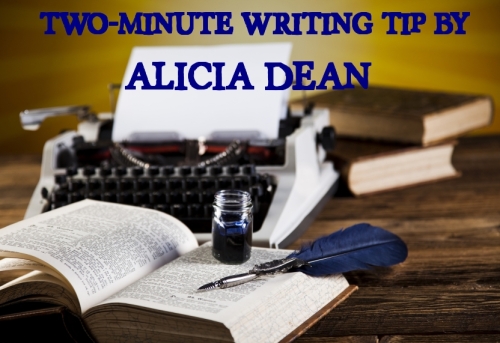

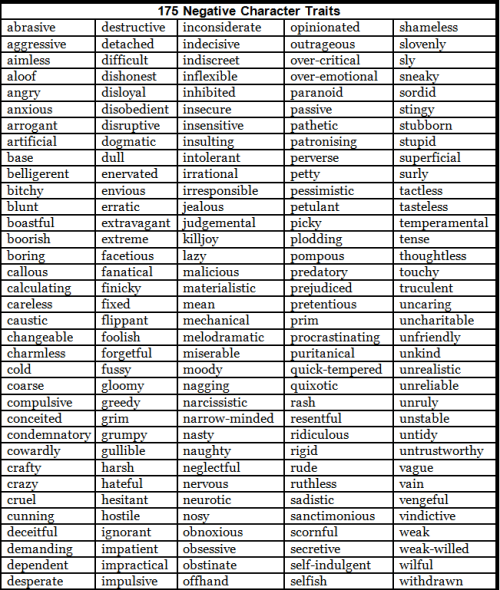
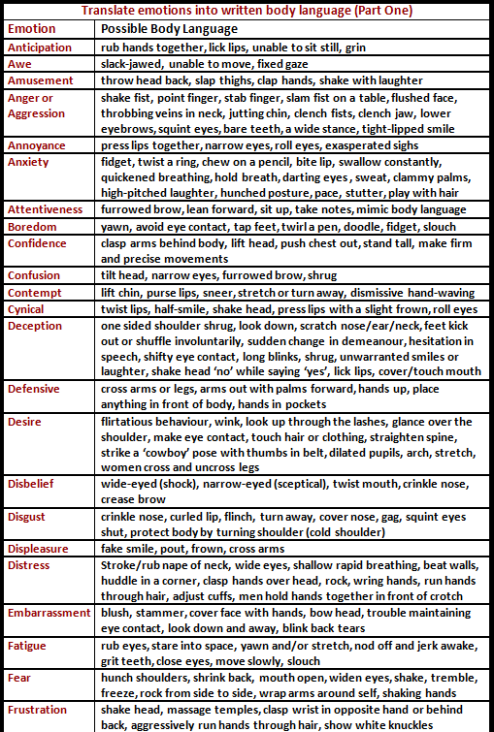
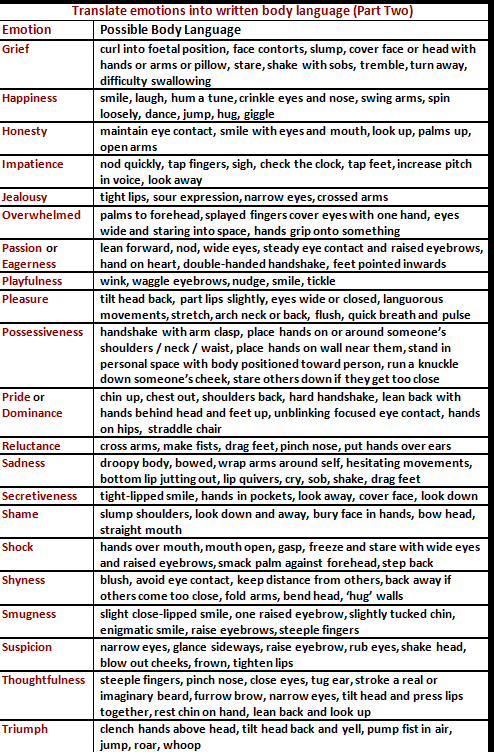
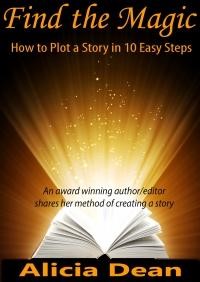

Cheat sheets! Love it! Will definitely reference for future writings.Thanks.
LikeLike
A brilliant set of cheat sheets Alicia. Thank you so much. I know exactly what you mean I am always aware that I may be over doing it a bit – my nemeses are – he said, she said they said!!!!I wish I had some cheat sheets to share… I shall add that to my burgeoning list of things to do 🙂
LikeLike
Fantastic reference sheets. Thank you! I especially love the ones for body language…since my characters tend to do the same thing over and over and over. I have some similar sites bookmarked, but I’m always looking for more. 🙂
LikeLike
Great lists. I tend to use the same verbs. Or I know what word I want and can’t think of it. This helps!
LikeLike
Love this! I also use Ackerman and Puglisi’s “The Emotion Thesaurus.” Helps trigger my brain into finding different expressions (it sometimes gets stuck in a rut! Lol). Thanks for sharing this. Love it 🙂
LikeLike
I use that too, J.C. It’s a great way to trigger some ways to express emotion. You’re welcome…glad you like the lists!
LikeLike
I like the charts, but feel the descriptive words for negative emotions are more telling than showing. For example, instead of saying someone is abrasive, show it in dialogue. Or maybe have someone else apologize for their friend’s abrasive behavior. The traits come in handy though for sketching a character’s backstory! Or for internal narrative, perhaps. I like this body language chart better than others I’ve seen. Good stuff! Thanks for the post!
LikeLike
Yes, I agree, Ashantay. I think the purpose of the list is to remind us of some negative traits we can give our characters, not necessarily that we would use the words to ‘tell’ readers our characters have this trait. You are correct, though, we definitely want to ‘show them. I read something recently on characterization and it said, for every trait you give your character, think of an event/anecdote that ‘shows’ your character exhibiting that trait, whether or not you use it in your MS. I haven’t tried it yet, but it sounds like it would be helpful. You’re welcome…thanks for stopping by!
LikeLike
Thanks, everyone…I’m glad the lists are helpful!
LikeLike
Thank you Alicia those are great great or should I say magnificent reference charts!! Thank you
LikeLike
You’re welcome! Glad you like them. 🙂
LikeLike
Another very helpful post, getting saved for future referencing. 🙂
Thank you! Do you mind if I share it on my author website, as well?
Kimberly Keyes
https://www.facebook.com/Kimberly-Keyes-448603045301169/
LikeLike
You’re welcome. Please feel free to share wherever you would like. Thank you for stopping by!
LikeLike